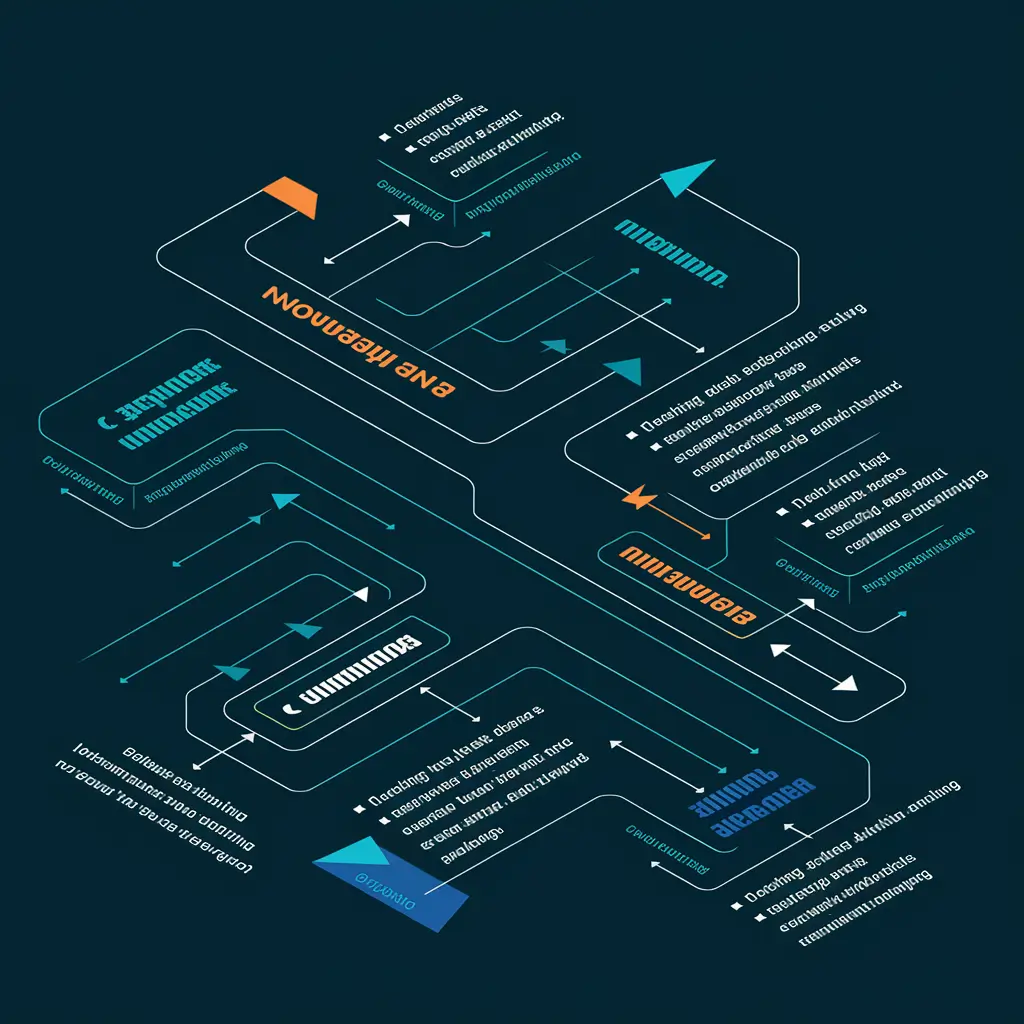T5Gemma and MedGemma are Google’s latest innovations in artificial intelligence, pushing the envelope in natural language processing and medical applications. These models were created to address evolving demands in two crucial areas: understanding human language more deeply and supporting healthcare through intelligent analysis. Let’s explore how T5Gemma and MedGemma are redefining industry standards and what that means for developers, enterprises, and professionals leveraging AI technology.
Understanding T5Gemma and MedGemma in AI Evolution
Google has introduced two distinctive AI models—T5Gemma and MedGemma—each with unique architecture and applications. While T5Gemma focuses on natural language processing using a refined encoder-decoder framework, MedGemma is optimized for multimodal healthcare-focused tasks, including medical image analysis and clinical data summarization.
T5Gemma and MedGemma: Architectural Insights
T5Gemma reintroduces the encoder-decoder framework, an architecture that had faded from prominence due to the rise of decoder-only models. By initializing the encoder-decoder with pretrained decoder-only weights, T5Gemma achieves computational efficiency without sacrificing performance. Conversely, MedGemma offers two model types: a 4B multimodal model and a 27B text-only model. The multimodal variant leverages SigLIP—a pre-trained image encoder trained on de-identified medical data—to process both clinical images and doctors’ notes.
Why T5Gemma and MedGemma Matter in the AI Landscape
T5Gemma and MedGemma are important because they bridge critical gaps in language comprehension and healthcare AI. T5Gemma enhances the generation of meaningful context-aware language outputs, while MedGemma facilitates advanced clinical reasoning and diagnostics through image-text understanding, offering potential for institutions to innovate faster and more safely.
Core Features of T5Gemma and MedGemma Models
T5Gemma includes improvements such as Grouped-Query Attention and RoPE embeddings sourced from the Gemma 2 project. These features make the model efficient and accurate for tasks like question answering and summarization. MedGemma, meanwhile, features flexible model variants that cater to either multimodal or textual focus, giving developers choice based on the application type.
Benefits of T5Gemma and MedGemma in Real-World Use
- Improved Contextual Understanding: T5Gemma enhances text processing for better summarization, translation, and comprehension.
- Versatile Medical Analysis: MedGemma supports both image and text data, streamlining clinical workflows.
- Open-Source Flexibility: Both models are accessible on popular platforms, offering extensive customization and integration flexibility.
How T5Gemma and MedGemma Enhance NLP Workflows
The encoder-decoder structure in T5Gemma allows it to effectively understand longer textual contexts and output more coherent responses. This makes it ideal for businesses needing top-tier AI for applications like customer service bots, automated translations, or media summarizers.

Setting Up T5Gemma and MedGemma for Development
Developers can access these models via Hugging Face or Google Cloud. They support fine-tuning with custom datasets, enabling vertical-specific optimizations. However, the implementation must account for resource allocation, API integration challenges, and relevant data preprocessing needs, especially in regulated sectors.
Performance Evaluation: T5Gemma and MedGemma vs Alternatives
| Feature | T5Gemma | MedGemma | Decoder-Only Models |
|---|---|---|---|
| Architecture | Encoder-Decoder | Multimodal & Text-Only | Decoder Only |
| Customization | High | High | Medium |
| Medical Use | Limited | Optimized | Minimal |
| Deployment Readiness | Moderate | Requires Validation | High |
Challenges in Implementing T5Gemma and MedGemma
Despite their performance, these models are not plug-and-play. T5Gemma may involve complexities during adaptation, while MedGemma requires extensive validation before clinical use. Bias mitigation, computational cost, and compatibility with legacy systems are key concerns for organizations.
Use Cases for T5Gemma and MedGemma
T5Gemma: Ideal for language transformation tasks such as summarization, translation, and question answering.
MedGemma: Suitable for analyzing radiology images, generating medical reports, and assisting in patient triaging and diagnosis support workflows.
Optimizing Custom AI Solutions with T5Gemma and MedGemma
Both models provide strong foundations for domain-specific AI development. Using transfer learning, developers can fine-tune these models to improve performance for in-house datasets. MedGemma, for example, can be used to develop hospital-specific diagnostic models that integrate seamlessly with Health Information Systems (HIS).
Compliance, Ethics, and Data Handling Considerations
Integrating MedGemma into healthcare workflows means developers must align implementations with HIPAA, GDPR, and other local data privacy laws. Similarly, T5Gemma applications must ensure linguistic outputs do not violate ethics, especially in sensitive applications like legal or mental health domains.
The Future of AI Through T5Gemma and MedGemma
These models could be the first in a trend of balanced, task-specific AI development. Anticipated improvements include enhanced multimodal capabilities in T5Gemma and clinical-grade benchmarking for MedGemma. They represent not just technological upgrades, but directional shifts in how AI is conceptualized and used.
Common Mistakes When Using T5Gemma and MedGemma
- Skipping validation for customized models in production.
- Assuming default outputs meet clinical or business standards.
- Ignoring token handling differences between encoder-decoder and decoder-only setups.
Actionable Takeaways for Developers and Engineers
- Carefully assess task needs before choosing the model version (text-only or multimodal).
- Validate outputs against case-specific datasets to ensure reliability.
- Plan for hardware needs since both models can demand substantial compute during inference.
FAQs About T5Gemma and MedGemma
What is the main difference between T5Gemma and MedGemma?
T5Gemma is designed for natural language tasks using an encoder-decoder setup, while MedGemma is optimized for medical data, including text and images.
Can I deploy MedGemma for real-time clinical use?
Not out-of-the-box. MedGemma must undergo clinical validation and ethical review before being used in production medical environments.
Are T5Gemma and MedGemma models open-source?
Yes, both models are open-source and available through platforms like Hugging Face and Google Cloud, supporting customization and deployment.
What are the hardware requirements to run T5Gemma or MedGemma?
The exact requirements vary by model size but generally demand GPU-enabled environments for optimal performance during training or inference.
Can T5Gemma replace decoder-only models?
In many input-dependent tasks, yes. Its encoder-decoder structure enables superior contextual comprehension, making it suitable for summarization and translation.
Conclusion: Why T5Gemma and MedGemma Are Worth the Attention
Google’s T5Gemma and MedGemma stand out as next-generation AI tools tailored to solve real-world challenges in language and healthcare sectors. Their architectural innovation, open-source nature, and adaptability make them strong assets for developers looking to build high-impact AI systems. As enterprises push for intelligent automation, they can confidently explore these models—with proper validation—for scalable and trustworthy performance.



